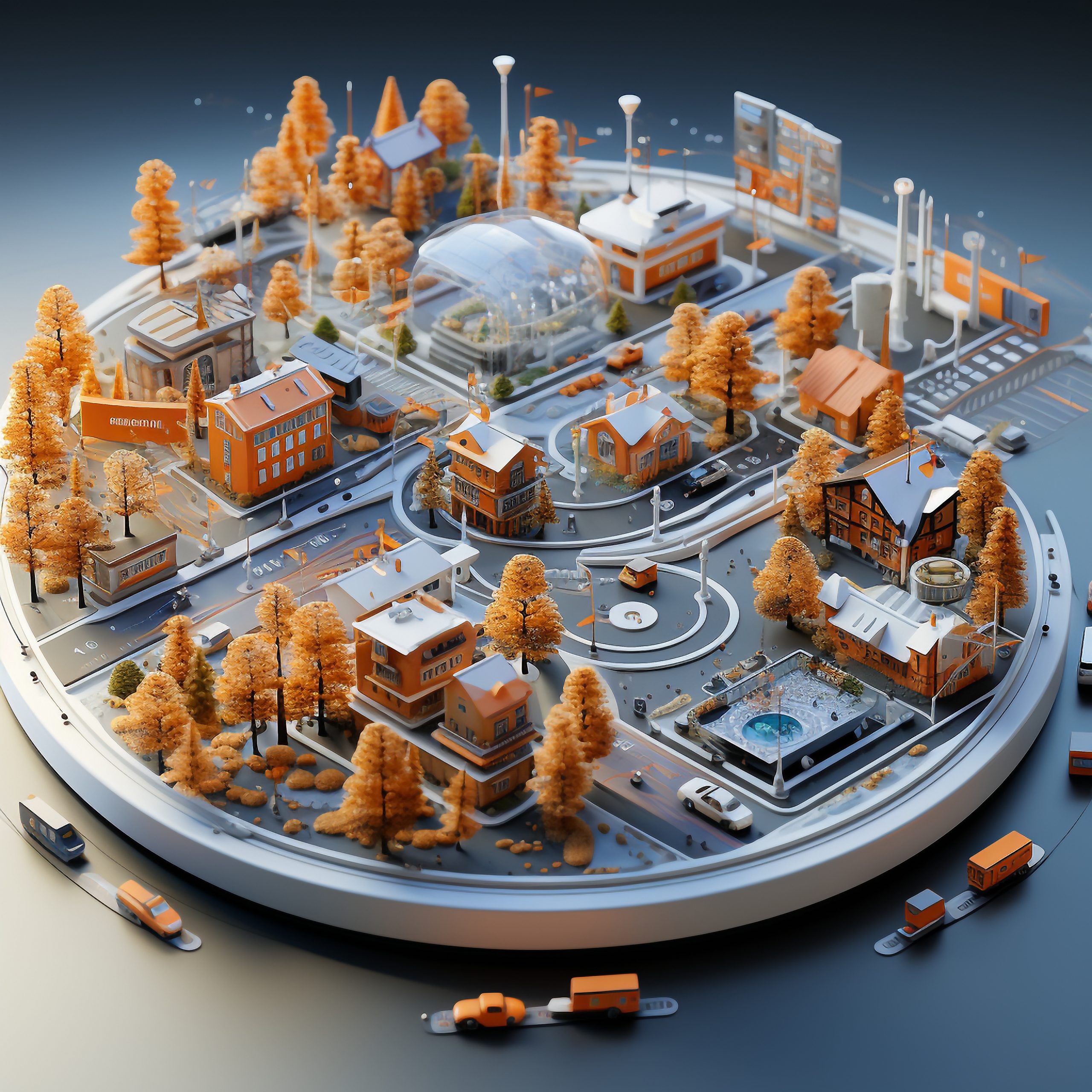MEP projects are complex and multidisciplinary endeavors that involve the design, installation, operation, and maintenance of mechanical, electrical, and plumbing

The global push for sustainability and the fight against climate change have transformed the way buildings are designed and operated. Mechanical, Electrical, and Plumbing (MEP) systems play a significant role in a building’s carbon footprint, accounting for energy consumption, water usage, and overall environmental impact. As the demand for greener buildings rises, decarbonizing MEP systems has become a critical focus for architects, engineers, and builders alike.
This article explores the emerging trends, technologies, and strategies in decarbonizing MEP systems, and how companies like InnoDez are paving the way toward sustainable, energy-efficient solutions.
MEP systems significantly influence a building’s environmental performance. They are responsible for:
Decarbonizing these systems involves addressing both operational emissions (energy usage during the building’s life) and embodied emissions (emissions from manufacturing and installation).
Net-zero energy buildings produce as much energy as they consume annually. Achieving this requires optimizing MEP systems for minimal energy usage while incorporating renewable energy sources like solar panels, wind turbines, or geothermal systems.
InnoDez’s Contribution: InnoDez designs MEP systems that prioritize energy efficiency and integrate renewable energy technologies to help clients achieve net-zero goals.
Replacing fossil fuel-based systems with renewable energy sources is a cornerstone of decarbonization. This includes electrification of heating systems and leveraging clean energy sources for power.
For example:
InnoDez’s Expertise: InnoDez helps clients identify and implement renewable energy solutions tailored to their projects.
Embodied carbon from MEP systems is often overlooked but contributes significantly to a building’s carbon footprint. Strategies to reduce embodied carbon include:
Decarbonizing MEP systems also involves minimizing water usage. Efficient plumbing fixtures, rainwater harvesting, and greywater recycling systems play a key role in reducing water-related energy consumption.
Heating, ventilation, and air conditioning (HVAC) systems are a primary focus of decarbonization due to their high energy demand. Emerging trends include:
InnoDez’s HVAC Solutions: InnoDez specializes in designing state-of-the-art HVAC systems that balance energy efficiency with occupant comfort.
Switching to LED lighting and integrating advanced lighting controls can significantly reduce energy consumption. Smart lighting systems use motion sensors and daylight harvesting to optimize energy usage.
BMS technologies enable centralized monitoring and control of MEP systems, improving energy efficiency and reducing carbon emissions. These systems use real-time data to optimize operations and identify inefficiencies.
On-site renewable energy systems, such as rooftop solar panels, vertical wind turbines, and geothermal heating, are becoming standard in decarbonized buildings.
Case Study: InnoDez recently collaborated on a commercial project in California, designing an MEP system that combined solar power with geothermal heating to achieve a 40% reduction in operational carbon emissions.
Prefabricated MEP modules reduce construction waste, improve installation efficiency, and lower transportation-related carbon emissions. Modular construction also enhances quality control, ensuring optimized performance.
Innovative carbon capture systems are being integrated into MEP designs, particularly in industrial and commercial buildings, to reduce emissions from HVAC systems and other equipment.
Decarbonized MEP systems often require higher upfront investments in renewable energy technologies, advanced materials, and smart systems.
InnoDez’s Solution: InnoDez focuses on designing cost-effective solutions that offer long-term savings through reduced operational costs.
Navigating evolving building codes and sustainability regulations can be challenging. Compliance with energy codes like ASHRAE 90.1 or local green building mandates is essential.
InnoDez’s Expertise: InnoDez stays ahead of regulatory changes to ensure all designs meet the latest standards.
Adopting advanced technologies requires expertise and coordination among various stakeholders. Ensuring seamless integration of renewable energy systems, smart controls, and traditional components can be complex.
InnoDez is at the forefront of sustainable MEP design, leveraging innovative solutions to help clients meet their decarbonization goals. The company offers:
Governments worldwide are introducing stricter building codes and carbon reduction targets. By 2030, many regions aim for all new buildings to achieve net-zero carbon emissions.
The shift from gas-based to fully electric systems will become the norm. This will involve the widespread adoption of heat pumps, electric water heaters, and renewable energy-powered systems.
Decarbonizing existing buildings will be as critical as designing new ones. Retrofitting MEP systems with energy-efficient technologies and renewable energy solutions will gain prominence.
InnoDez’s Retrofit Expertise: InnoDez excels in upgrading older buildings to meet modern sustainability standards, reducing operational carbon emissions.
Artificial intelligence (AI) and the Internet of Things (IoT) will drive smarter, more efficient MEP systems. Predictive analytics will optimize energy use, while IoT devices will enable real-time monitoring and adjustments.
The adoption of circular economy principles will emphasize recycling and reusing materials in MEP systems. This approach will reduce embodied carbon and promote sustainable practices.
Decarbonizing MEP systems is not just a trend but a necessity in addressing the challenges of climate change. Over the next decade, innovations in technology, stricter regulations, and a focus on sustainability will redefine the way MEP systems are designed and implemented.
InnoDez stands as a leader in this transformation, offering forward-thinking solutions that prioritize sustainability without compromising performance. From integrating renewable energy systems to designing efficient HVAC and plumbing systems, InnoDez is committed to helping clients achieve their decarbonization goals.
Partner with InnoDez for your next project and contribute to a greener, more sustainable future for the built environment.
About Author
Xhuljo Jakup